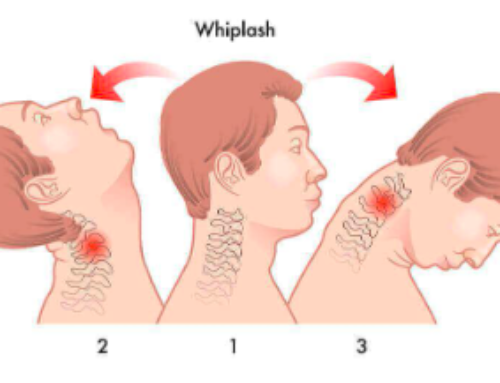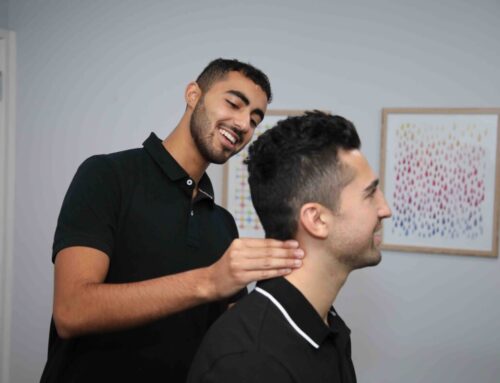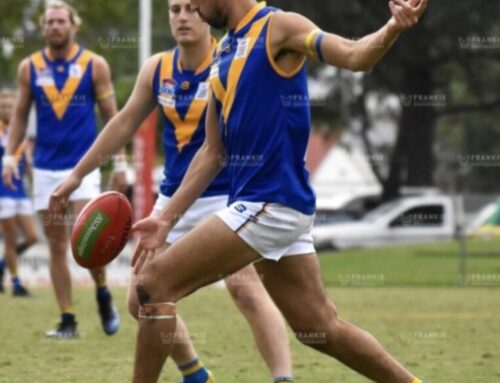Peroneal tendinopathy is caused by repeated tension or stress on the tendon of the muscles that run down the outer side of the lower leg (the peroneal muscles). Peroneal tendon injuries are usually due to increased loads and overuse of these peroneal muscles. Over time, the tendon thickens in an attempt to manage the increase in load more effectively. This makes the tendon vulnerable to painful straining, inflammation and tearing.
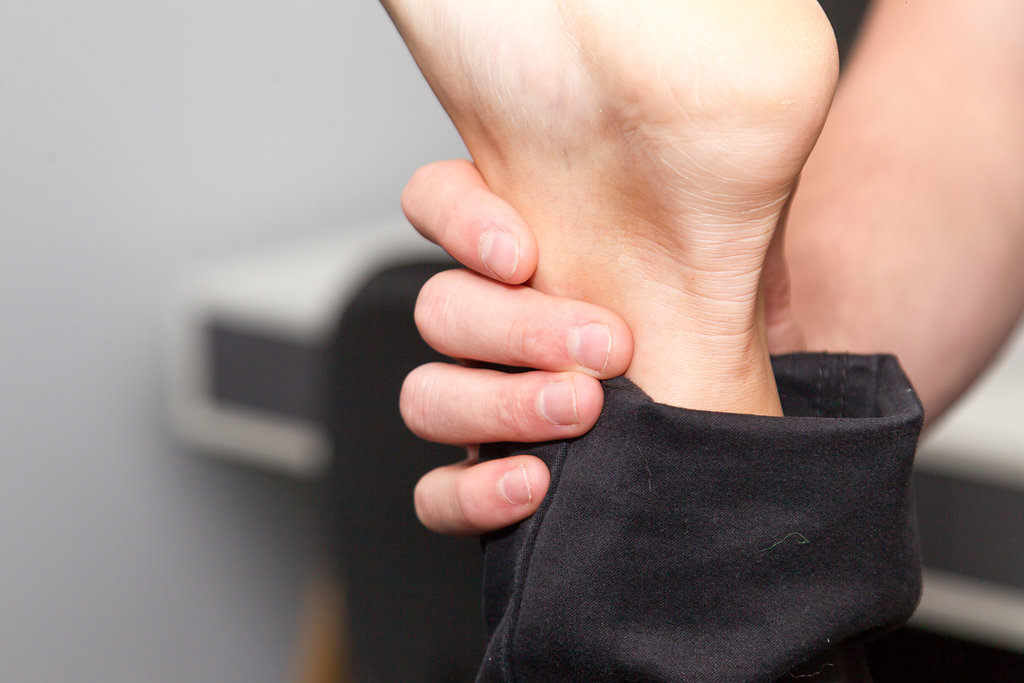
- turn the foot outwards
- prevent the foot from rolling in
- help point the foot downwards
- centring and stabilising the body’s weight over the foot when standing on one foot
What Causes Peroneal Tendinopathy?
Causes can vary. Tendinopathy often develops over years without symptoms.
- Symptoms may develop gradually for no apparent reason
- Inadequate or unsupportive footwear
- Change in footwear in long distance runners
- Poor biomechanics and/or muscle imbalances of the lower limb
- A sudden increase in weight bearing activities, particularly walking (uneven surface), running, jumping and landing
- Lateral ankle sprains with resultant instability issues (inadequate rehab)
What are the Symptoms of Peroneal Tendinopathy?
People with peroneal tendinopathy may experience:
- Initially the pain can seem to be sporadic but if you pay close attention you may start to notice a pattern
- Gradual worsening pain over the outside of the ankle
- Stiffness or pain in the morning or on initiation of exercise and after loading
- Pain during and/or after weight bearing activities
- Pain with turning the foot in and/or out – not always
- Firmly touching the affected peroneal tendon can cause pain or tenderness
This condition can often lead to weakness or instability in the ankle without proper management.
How is Peroneal Tendonitis Diagnosed?
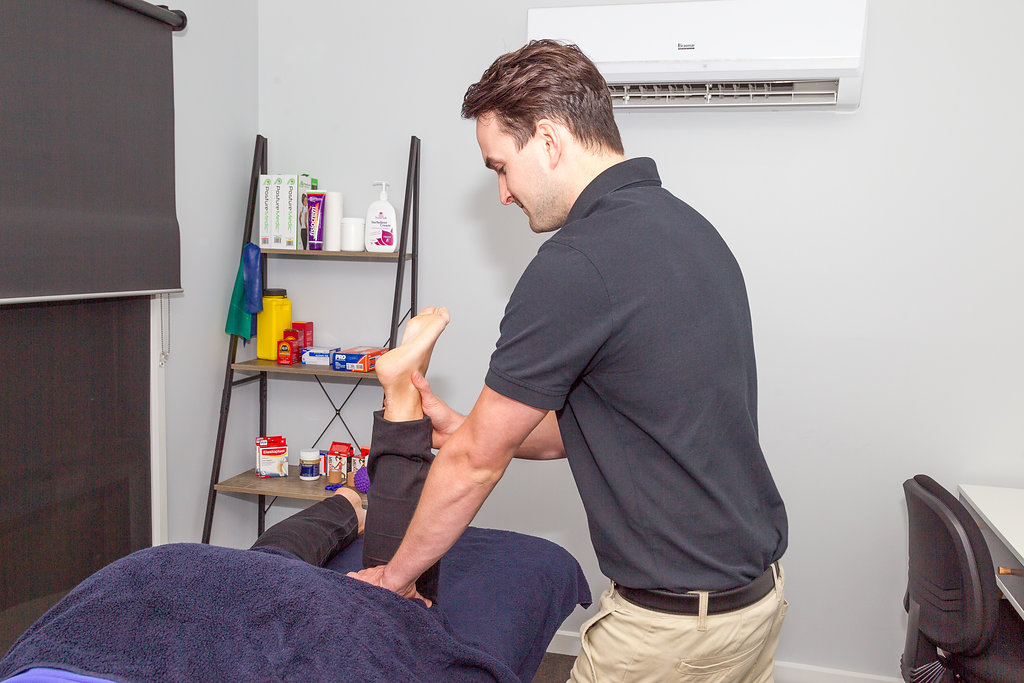
Osteopaths are 5 years university trained in the musculoskeletal system and are well placed to make an accurate diagnosis. Tendinopathies rarely require imaging for a diagnosis. These are usually only necessary when a tendon is not responding to the course of treatment, or to rule out other pathology that may be delaying healing times. Often an ultrasound or MRI can be used in this instance.
Is Treatment Available?
The prognosis/ healing time-frame for peroneal tendinopathy is variable, depending on the stage of the injury.
Treatment in the initial stages is aimed at reducing load and allowing the irritated tendon to settle. Once the pain lessens, tendons recover through progressive loading. Addressing weakness in lower limb musculature and restricted biomechanics is important also to prevent recurrence.
Chronic tendinopathies will take much longer to recover. The treatment at this stage is largely based on active rehabilitation to improve the tendon’s ability to respond to load. However, loading for tendinopathies is tricky. Tendons respond to load differently, if you load incorrectly, it may make the condition worse, therefore going to see an experienced health professional is key to a fast and complete recovery.
What Can I Do to Prevent it?

- Wear correct, supportive footwear for you – this may be different for each person, podiatrists are very helpful for finding the best shoe for prevention strategies.
- Gradually increase your training load or exercise level
- Maintain a level of activity in the “off-season”
- Improve your balance and ankle proprioception
For further information about this condition or any others please feel free to reach out via my email address breanna@pakenhamosteopathy.com.au or call the clinic. Thanks for reading!

